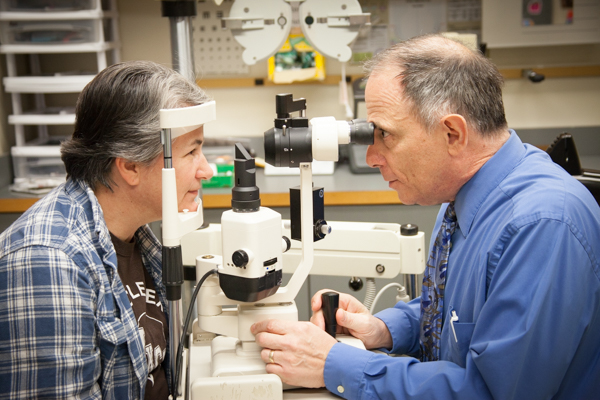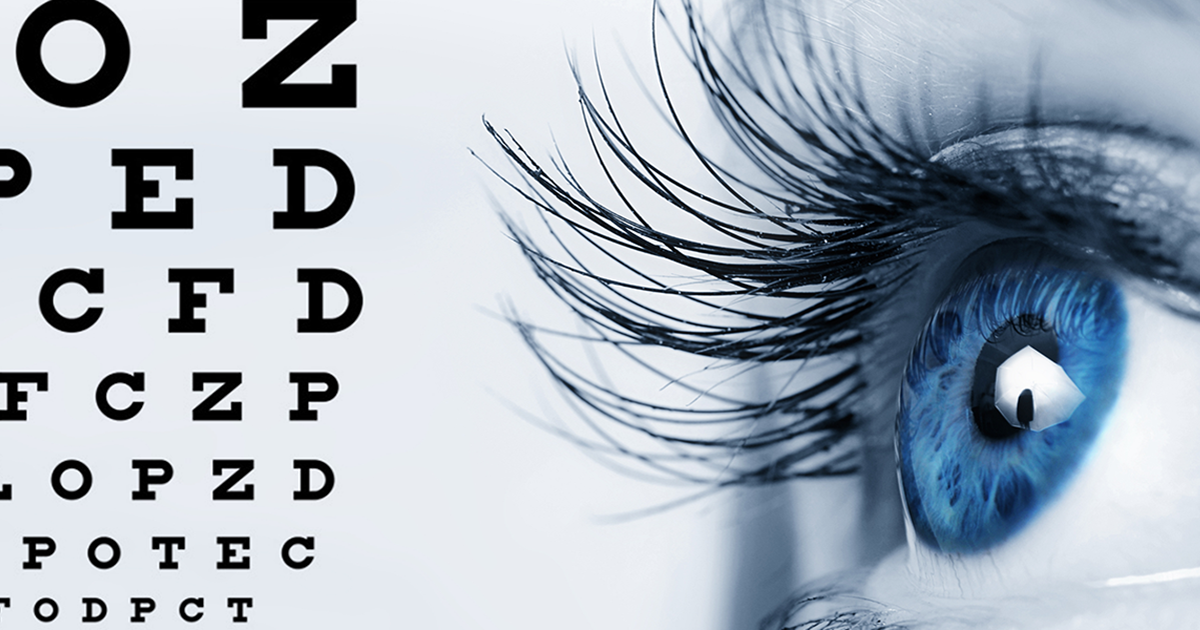The Role of Advanced Diagnostic Tools in Identifying Eye Disorders
In the world of ophthalmology, the application of advanced diagnostic tools has reinvented the very early recognition and monitoring of numerous eye problems. From spotting subtle changes in the optic nerve to keeping an eye on the progression of retinal diseases, these technologies play a critical role in enhancing the precision and performance of detecting eye problems. As the demand for precise and timely medical diagnoses remains to expand, the integration of advanced devices like optical comprehensibility tomography and aesthetic field screening has actually ended up being crucial in the world of eye care. The intricate interaction between technology and ocular methods not only loses light on detailed pathologies however also opens up doors to tailored therapy techniques.
Value of Very Early Medical Diagnosis
Very early diagnosis plays a crucial function in the efficient administration and therapy of eye disorders. By finding eye disorders at an early phase, health care carriers can provide ideal treatment plans customized to the specific condition, inevitably leading to much better results for individuals.

Technology for Identifying Glaucoma
Sophisticated diagnostic modern technologies play a critical role in the early discovery and surveillance of glaucoma, a leading source of irreparable blindness worldwide. One such innovation is optical comprehensibility tomography (OCT), which provides detailed cross-sectional photos of the retina, permitting for the dimension of retinal nerve fiber layer density. This dimension is essential in assessing damage caused by glaucoma. Another advanced tool is visual area screening, which maps the level of sensitivity of a person's aesthetic field, assisting to identify any kind of locations of vision loss attribute of glaucoma. In addition, tonometry is made use of to measure intraocular pressure, a significant threat aspect for glaucoma. This test is important as raised intraocular stress can result in optic nerve damages. More recent innovations like the usage of man-made intelligence algorithms in evaluating imaging data are revealing promising outcomes in the early discovery of glaucoma. These advanced analysis tools enable ophthalmologists to detect glaucoma in its onset, permitting prompt intervention and better monitoring of the condition to avoid vision loss.
Role of Optical Coherence Tomography

OCT's capacity to evaluate retinal nerve fiber layer density allows for accurate and objective measurements, aiding in the early detection of glaucoma even before aesthetic area issues become obvious. Generally, OCT plays a critical duty in boosting the analysis accuracy and administration of glaucoma, inevitably adding to much better results for individuals at risk of vision loss.
Enhancing Diagnosis With Visual Field Testing
An important part in thorough ocular analyses, aesthetic area testing plays a critical role in enhancing the diagnostic procedure for various eye problems. By analyzing the complete degree of a client's visual area, this test gives critical info concerning the practical integrity of the whole aesthetic path, from the retina to the visual cortex.
Visual area testing is especially valuable in the medical diagnosis and administration of problems such as glaucoma, optic nerve problems, and various neurological illness that can influence vision. Through measurable dimensions of peripheral and main vision, clinicians can discover refined adjustments that may show the presence or progression of these conditions, also before obvious symptoms occur.
In addition, aesthetic field testing permits the surveillance of therapy efficacy, helping ophthalmologists tailor therapeutic interventions to individual clients. eyecare near me. By tracking adjustments in aesthetic field performance gradually, medical care suppliers can make informed decisions regarding readjusting drugs, recommending surgical treatments, or implementing various other proper procedures to maintain or enhance a person's visual function
Managing Macular Degeneration

Verdict
Finally, progressed analysis devices play a vital duty in identifying eye disorders beforehand. Technologies such as Optical Coherence Tomography and visual field testing have actually greatly boosted the precision and efficiency of identifying conditions like glaucoma and macular deterioration. Early discovery permits prompt treatment and management of these problems, ultimately resulting in better outcomes for clients. It is vital for healthcare professionals to remain upgraded on these improvements to supply the most effective possible treatment for their individuals. eyecare near me.